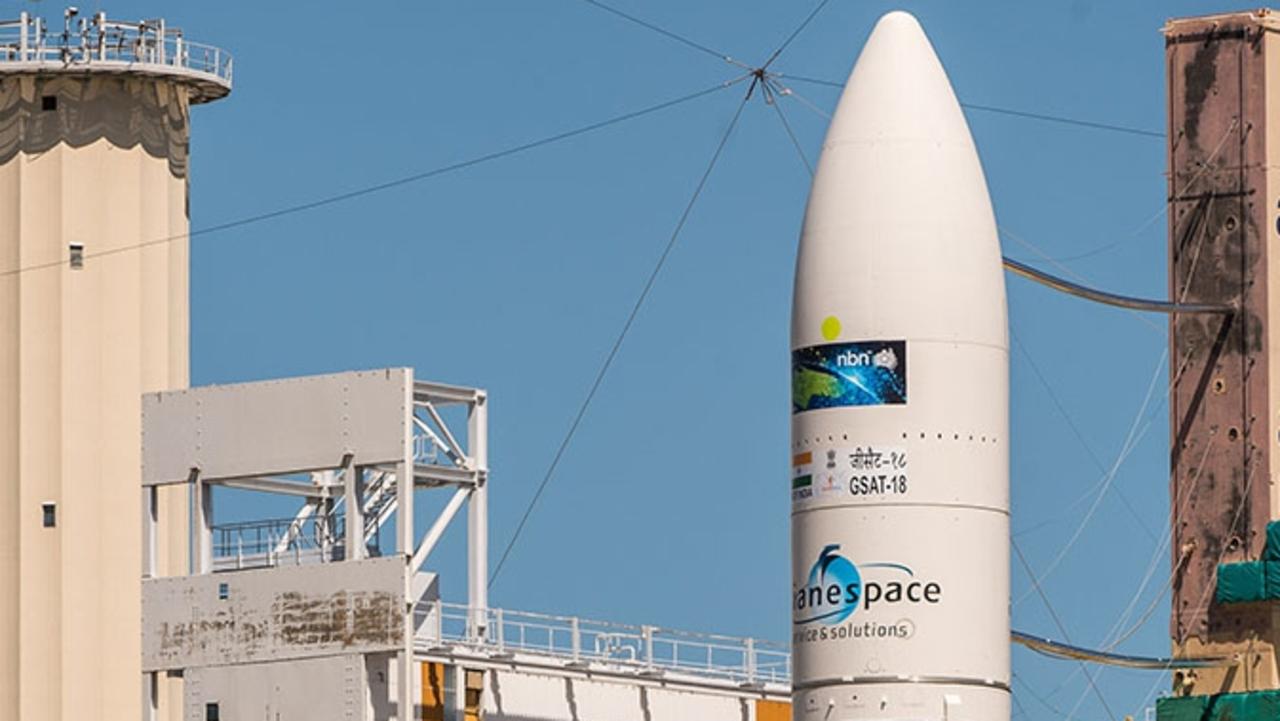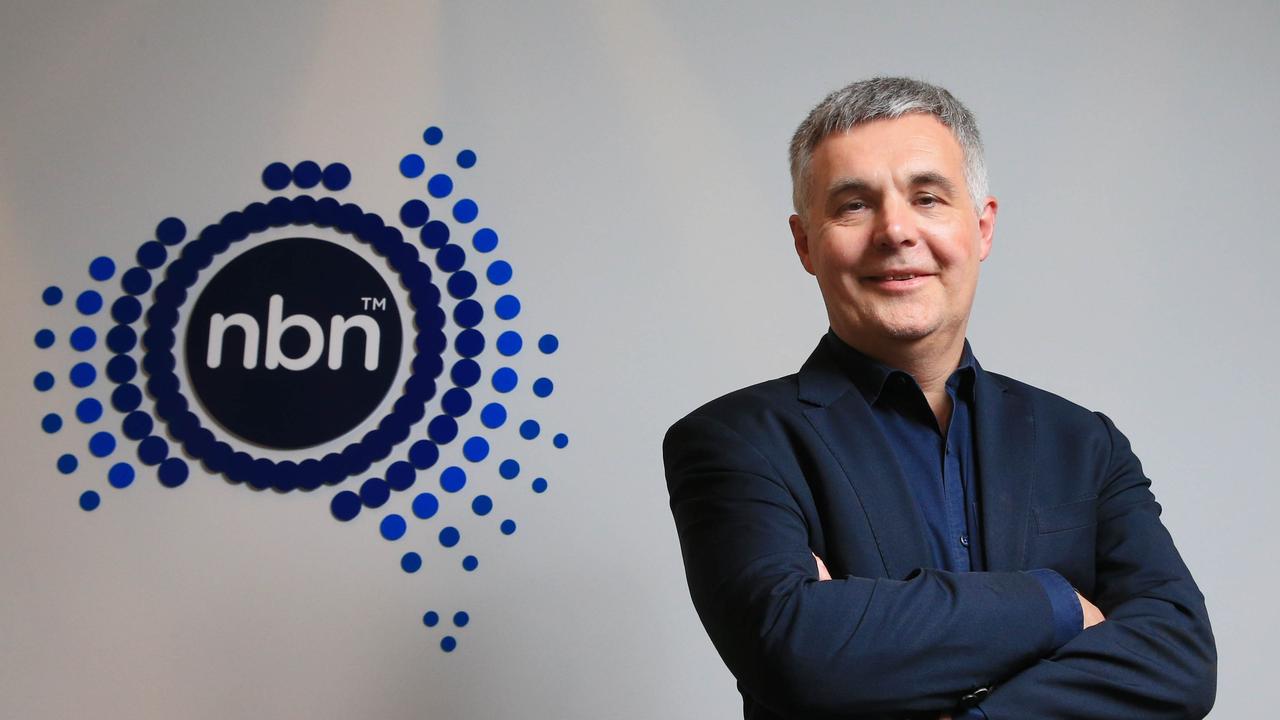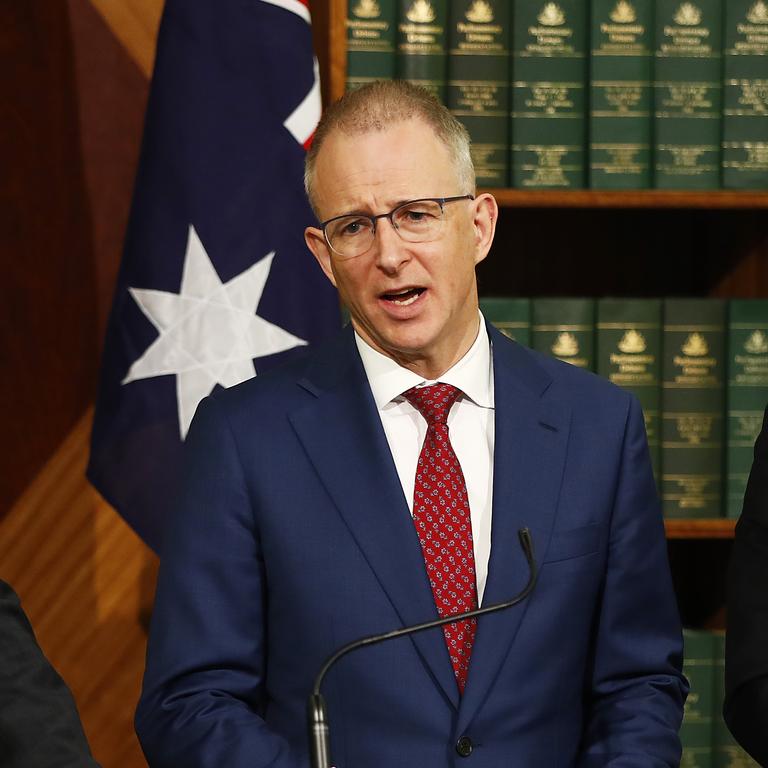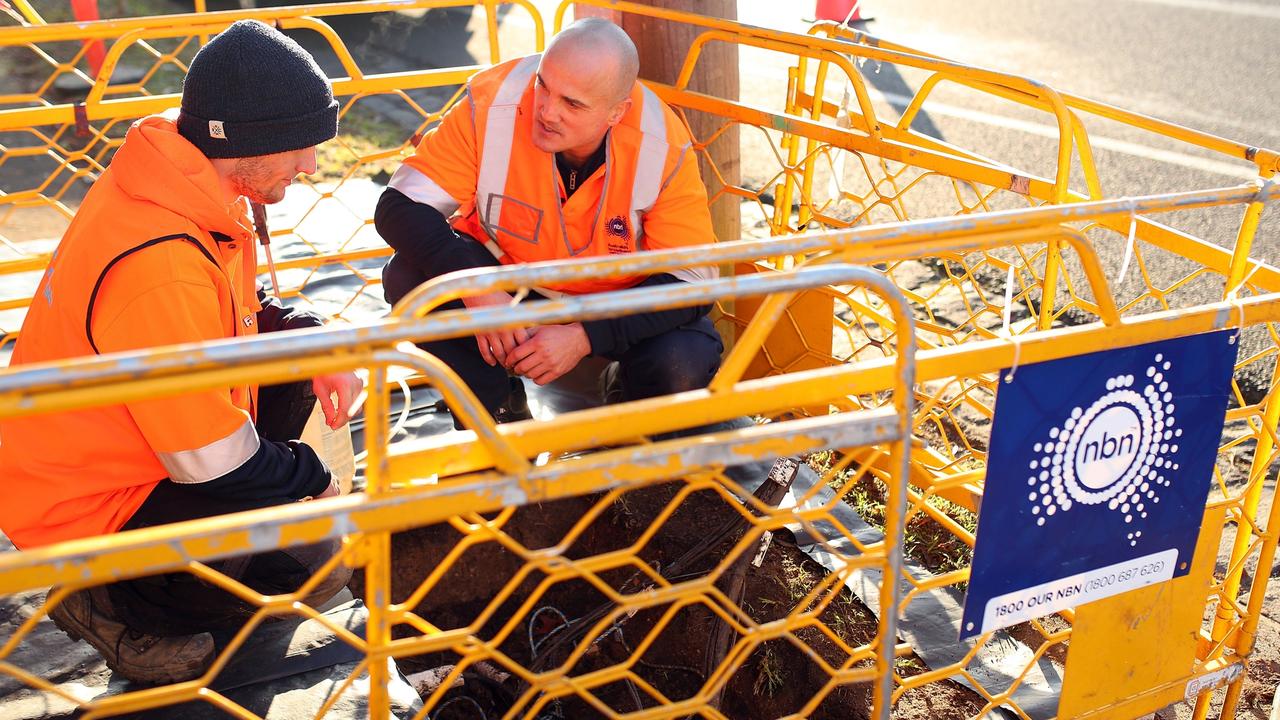NBN reports record revenue after radiation event takes down satellite connections
An “unusual” radiation event in space meant tens of thousands of Australians lost access to the internet last week. Here’s what happened.
Tens of thousands of Australians in remote, rural and regional areas lost access to the national broadband network designed to bridge the digital divide between them and city slickers due to an “unusual” weather event in space last week.
The SkyMuster satellite 1A lost connection on Wednesday last week from around 9.30am to 4.30pm, leaving an estimated 60,000 customers, including students returning to home schooling, without a connection.
The satellite rotated around 30 degrees due to a natural radiation event.

“It was a very unusual weather event that apparently occurs in space,” NBN Co CEO Stephen Rue told news.com.au
“Our partners who help us with this can use a little fuel to turn or rotate the satellite back to pointing towards Earth and getting all those beams reconnected, and that’s why it took a day,” he added.
“It’s a normal event that occurs on a very irregular basis.”
Earlier this year, 20,000 additional NBN customers were dropped on to the satellite network after the company was unable to secure enough cell sites for fixed wireless, but 22,000 were shifted to superior fixed line connections.

The connection loss came around a week before NBN reported a record high revenue of $3.8 billion on Tuesday, its first full year earnings report since the rollout of the network was completed in June.
The company still didn’t turn a profit but it’s getting closer.
“Last year was a loss of $1.3 billion, this year is a loss of $600 million, so that’s actually $700 million better,” Mr Rue said.
Finance Minister Mathias Cormann applauded the company for successfully securing private debt despite market challenges stemming from the ongoing global pandemic.
“The company raised $6.1 billion in funding from private debt markets in May 2020 and maintains a strong financial outlook to continue future investments in the network.
“The government is very pleased with NBN Co’s performance despite the challenges presented by COVID-19,” Mr Cormann said.
The total build of the NBN has been reported at $51 billion, which taxpayers have paid for in the form of a $19.5 billion government loan, and $29.5 billion in government equity.

Mr Rue said the company began looking for the remaining $2 billion in private debt at the end of 2019 to complete the network build, and while this round it was over subscribed by more than $4 billion, the company needs to find more.
“We do have a requirement in the next four years to refinance entirely that $19.5 billion government loan, so we will need to go to the debt markets to refinance all of that, in other words raise $19.5 billion.”
He stressed that the government will still be in charge of the network.
“These will be debt holders: the way it works basically is you obtain a credit rating, and with that you go to multiple bond markets to raise debt into the company, but that debt is purely borrowed against future cashflows of the company.
“Obviously terms and conditions will be negotiated with those bond holders, but they’re not equity holders, and it’s the shareholders that determine the future course of the company,” Mr Rue said, confirming the government as the aforementioned shareholder.
Communications Minister Paul Fletcher again trumpeted the achievement as the government’s success and told Australians how lucky they were to have the NBN during the pandemic.

“The government’s investment in this critical infrastructure has proven more important than ever,” he said, adding that “access to affordable and reliable broadband through the NBN has been vital” throughout the pandemic.
“When millions of Australians suddenly needed to work or study from home due to COVID-19, the NBN was there for them in their hour of need – but if our Liberal-National government had not completely redesigned the network rollout strategy in 2013 to clean up the chaotic mess we inherited from Labor, the situation in 2020 would have been very different, with around 4.5 million homes in the fixed line footprint still unable to connect to the NBN.”
Those last 4.5 million would have been largely in metropolitan areas already well served by existing telecommunications infrastructure, before the introduction of the NBN essentially required telcos to stop upgrading their networks as they would be replaced anyway.
The unforeseen pandemic was also not even remotely a factor in the decision to move to a multi-technology mix that means the connection type used by more NBN customers than any other makes more than 10 per cent of them underperform.

Fibre-to-the-node connections, the worst fixed line option but the only one available to millions of Australians, were responsible for 95 per cent of underperforming connections (ones that deliver speeds closer to the speed tier below them than the one you’re paying for).
“There‘s nothing lucky about picking technologies that allow you to deploy a network much faster and much cheaper, that’s just engineering and it’s a trade off,” NBN chief customer officer Brad Whitcomb told news.com.au in May.
Shadow communications Minister Michelle Rowland said NBN Co the company deserved to be congratulated but the figures warranted scrutiny of the government.
“NBN Co should be congratulated for their performance over COVID-19 and for completing the volume rollout, however the parliament has a duty to scrutinise claims being made.
“It is a matter of fact that the cost of the multi-technology mix has gone from $29.5 billion, to $41 billion, to $49 billion and now $51 billion.
She said comparing the results to an unrevised version of the 2019 corporate plan forecasts showed capital costs were up almost $1.5 billion, revenue was down $100 million, and there were 270,000 fewer activations than forecast.
“The government has the right to shift their forecasts in the corporate plan, but not if the sole purpose is to manufacture a media narrative that distracts from the underlying trend,” she said.



